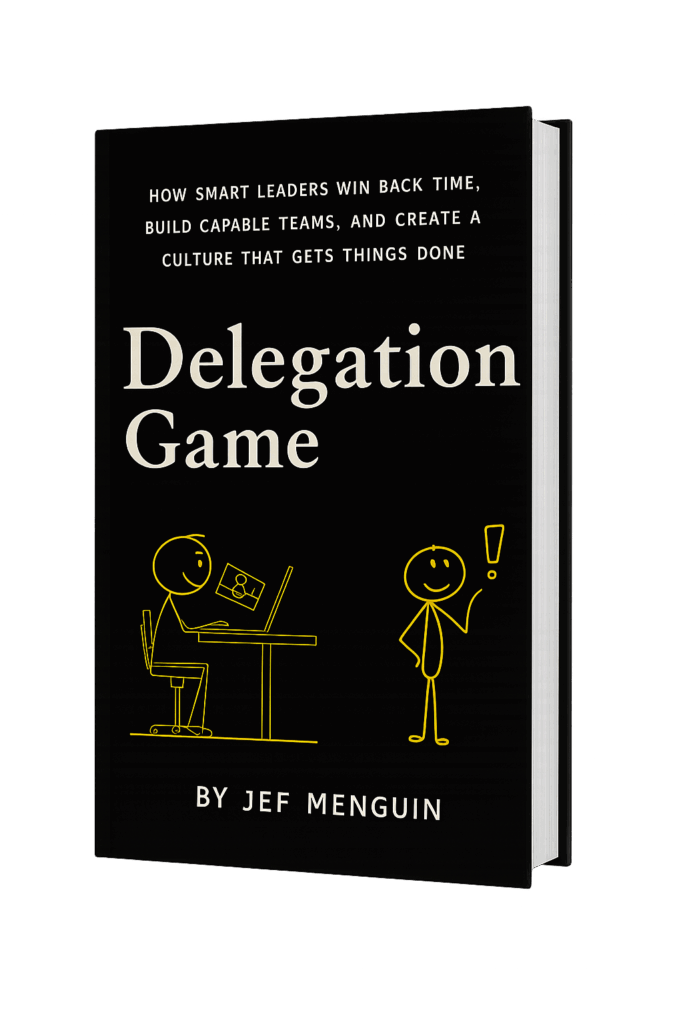A useful blog serves an audience. I blog to educate and equip workplace professionals. I write primarily about leadership, personal development, and public speaking. I am passionate about these topics.
But more importantly, I write articles that big publishers don’t talk about. Most articles you’ll find on Google are generic. They cater to conventional thinking. Perhaps, because to rank, one must write encyclopedic articles.
I deliver keynote speeches. Often, I have forty-five minutes to drive my core messages to my target audience. Even if I want to say more, I don’t have enough time. Blogging provides me a platform where I can educate 24/7 and my readers can meet me anywhere.
So, I like to tell stories, most of which I do not use in my keynote speeches. But these stories are still worth telling. One day, these stories will also find a place in my books. Though I like to tell stories, I am not a great storyteller.
But this won’t prevent me from using one to drive my point.
I have already told you how I keep my blog posts useful.
First, I have a target audience. They are managers, supervisors, and other workplace professionals. I write about those which are important to them. And how do I know what is important to them? I ask. I interview people. This is why there are endless topics I can write about.
Yes, I still look for popular keywords people use when searching for answers. But only to help me understand the intent of online readers.
Second, I have a core message. I inspire my readers to redefine their limits and reimagine their leadership. I may write about public speaking, creativity, motivation, habits, etc. They are all anchored on my core message.
It was not always like this. For a long time, I care much about SEO. I want more visitors. I want more readers. But in 2023, I decided to write useful articles. That means that I am going to write articles that will serve my target audience, not the search engines.
This does not mean that I won’t be aiming to be on top of search engines. But it is not the top reason for writing.
I’ve been writing for years now, and it is likely that some of my writing does not address my core message. That’s okay.
In 2022, I deleted more than half of my posts, most of them were short notes. I started writing longer articles during the first quarter of 2022. And I am trimming them down, again.
Why?
Because I want my articles to become useful.to you. Writing an article of more than 4000 words is not always useful. I realized I could turn the ideas into ten articles with 800 words each. Don’t worry about the math. I am not just cutting articles, I have rewritten them.
Third, every article has a promise. There are three kinds of articles that I write. I write informative articles which answer what, who, and why. For example, I started to write about the 10 Best Ways of X. That’s a simple pattern. I also write about how-to articles which are usually a deep-dive. It promises solutions to practical problems. And I also write my insights that challenge conventional thinking.
Most of my workshops are immersive and experiential learning experiences. I use flip learning. That means my audience learns the knowledge component before my workshops. Many of the articles I publish serve my workshop participants too. This is why I keep the articles useful. They will use these articles before and after the workshops.
Fourth, every article has one actionable idea that challenges the status quo. I use stories, statistics, and real-world examples. I do look for the scientific explanation too. However since my purpose is useability, I refrain from citing too many sources. If I could simplify things and avoid the jargon, I do it with joy.
Deeper discussions often go to the books that I am writing. And you can find more in-depth ideas in newsletters and email courses.
This is how I keep my blog useful. And I hope you’ll have that experience when you read your next article.
